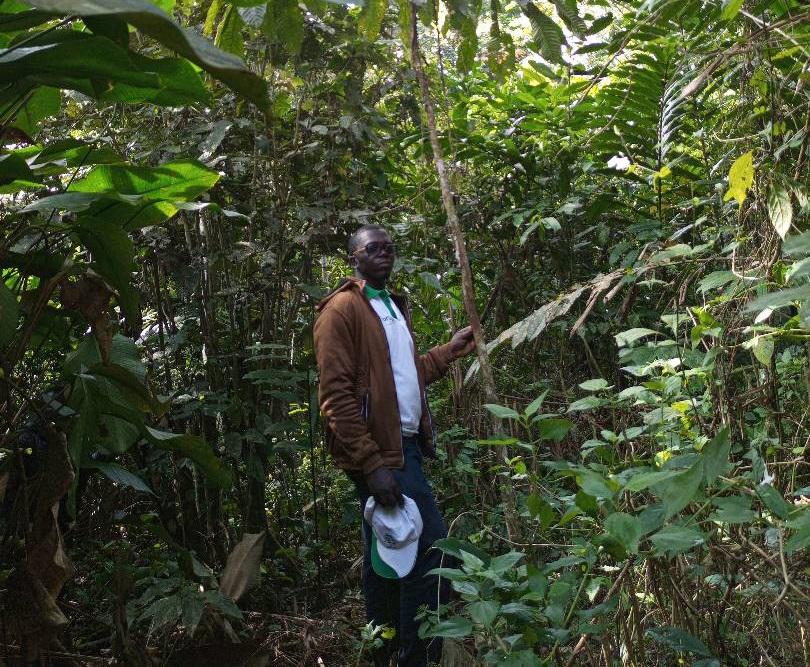Jules Christian Zekeng
Other projects
5 Sep 2018
Plant Diversity and Potential of Carbon Stock in Doume Communal Forest in Cameroon: Implications for its Biodiversity Conservation and Sustainable Management
3 Aug 2020
Ecology, Spatial Modelling of High-Priority Species for Conservation and Community-Based Involvement in their Conservation in the Doume Communal Forest in Cameroon
Communal forests that provide ecosystem services and well-being for local people, are a recent framework for effective participatory forest management where sustained tree harvesting must be combined locally to enhance riparian's well-being. Nevertheless, in Cameroon, biodiversity conservation and sustainable management (CSM) issues are neglected in these communal forests, although it is a habitat of several endangered and endemic plant species. Indeed, a study on the spatial distribution of some threatened species in the commune of Doume also indicates their presence in the Angossas communal forest (ACF). These two communal forests share boundaries.

The ACF is subject to high anthropogenic pressure, like the communal forest of Doume and Doumaintang. Indeed, given threatened species' ethnoecological and socio-ecological knowledge, their population density is decreasing, and the quality of their habitat degrades due to poor management practices, logging, forest land conversion into agricultural land, etc. Therefore, it is becoming urgent and imperative for a broader conservation impact at the massif scale (i.e., Angossas-Doumaintang-Doume-Dimako Communal forests) to produce socio-economic, ethnoecological, and botanical inventory data in the ACF.
The data generated in this study will help determine the threatened species availability in the ACF and local population dependence level and the current trend to increase their species population and develop an adequate strategy for CSM. In this context, this study will aim to provide substantial information that could help policymakers and the ACF manager to plan the CSM of threatened plant species in the Angossas communal forest.